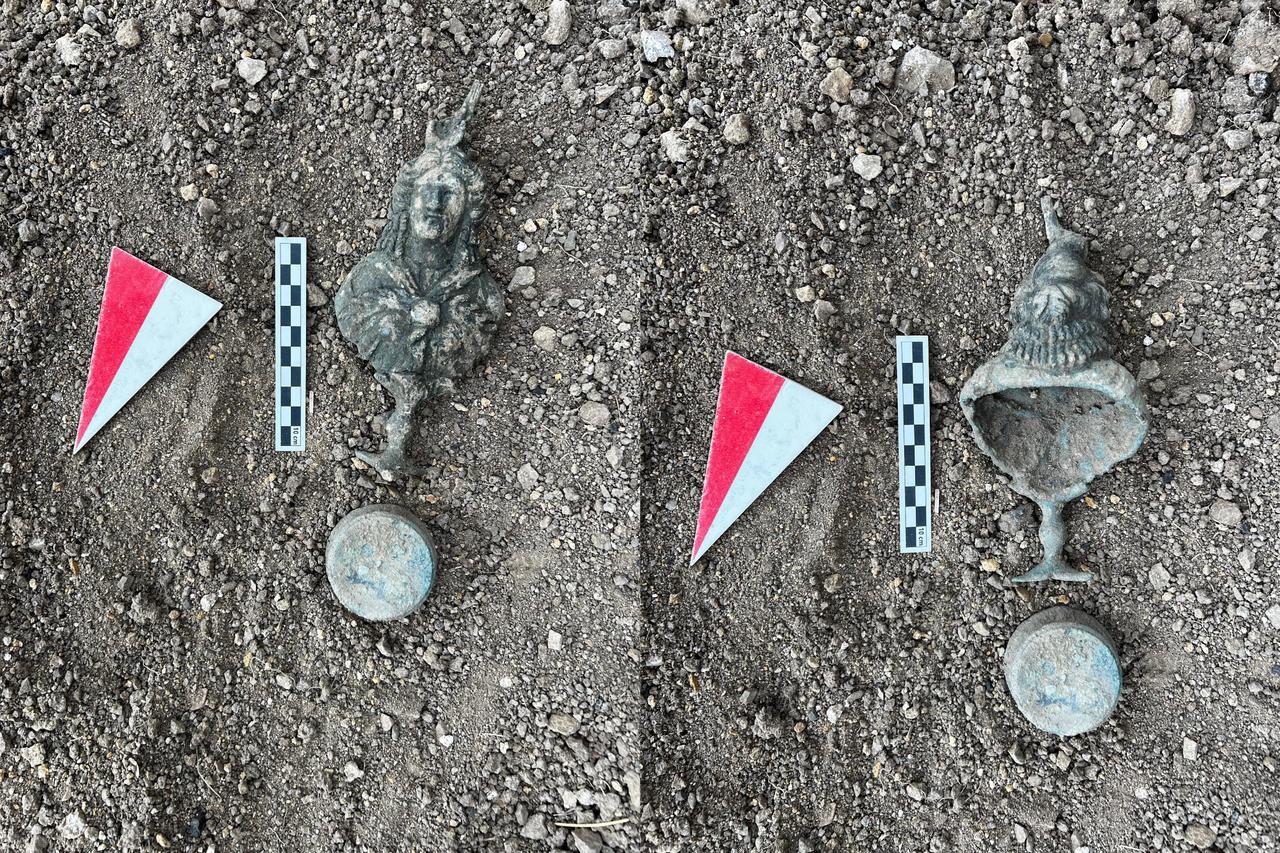
Archaeologists at Satala, an ancient city and Roman-era military headquarters in northeastern Türkiye, have uncovered a 20-centimeter (7.87-inch) bronze bust of the Egyptian goddess Isis in the site’s necropolis, bringing fresh clues about the beliefs of Roman legionaries stationed there.
The excavation team reported that the bust surfaced in the necropolis—an ancient cemetery—during ongoing fieldwork.
Excavation director Elif Yavuz Cakmur said they faced an unexpected but highly significant find and noted, “The bust of the Egyptian goddess Isis was found detached from its pedestal.”
The piece will be dated through scientific analysis after restoration and is slated for display at the Gumushane City Museum.
Cakmur explained that prior evidence already showed the legions’ attachment to Mithra—an eastern mystery god—and to the wider “Twelve Gods” tradition.
She added that discovering Isis at Satala underlines how soldiers also embraced a revered goddess from eastern cultures, which broadens the picture of religious plurality within the ranks.
The bust was found with its pedestal, described as a three-footed support rising from a three-leaf calyx.
The goddess wears a fringed shawl tied with a front knot, while two preserved ears of corn—symbols of fertility and abundance—decorate the left side of her headdress.
The team underscored the discovery’s rarity by recalling that this is the first bust brought to light at Satala since an Aphrodite bust surfaced in the 1870s.
Restoration is underway to stabilize the bronze before the exhibition.
Once complete, the piece will move to the Gumushane City Museum, while the research team proceeds with a detailed study to determine its precise date and context within the site.